The sharp reduction in San Francisco Opera’s new season—only six productions instead of the typical eight or 10—sends smoke signals of a deeper struggle.
“We are going through a big period of challenge,” said San Francisco Opera Director Matthew Shilvock. “We’ve characterized it as a tale of two realities.”
One positive reality: Increased box office enthusiasm, as made evident by 1,100 discounted tickets for performances of the Magic Flute that sold out in 45 minutes. (The program, sponsored by Dolby, offered $10 tickets for patrons who hadn’t attended an opera in three years.)
The other, more sobering, reality: An increasingly difficult financial situation, in which rising operating expenses aren’t covered by ticket sales alone. While 60 years ago ticket sales constituted 60% of the San Francisco Opera’s revenue, Shilvock said, today it’s only 16%. This has led to some difficult decisions for the organization, like cutting administrative staffing by 20% and limiting the number of productions.
Yet as the West’s oldest still-operational opera company faces a steep financial cliff, there’s another aria being sung across the Pacific Ocean—one SF Opera stands to benefit from. “If there was a big growth market for opera at the moment,” Shilvock said, “it is in China.”
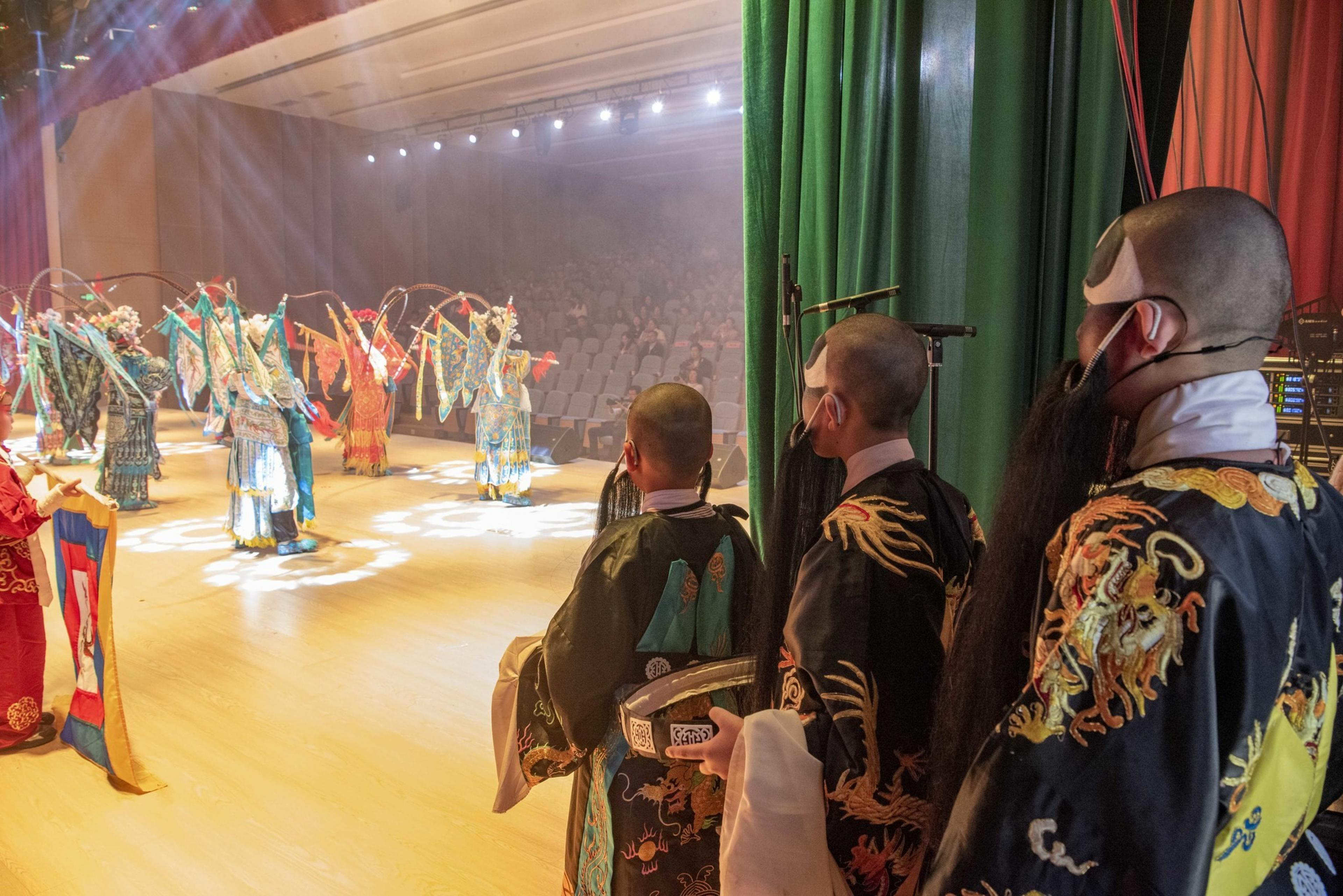
In the past decade, more than 50 opera houses have been built (opens in new tab) in China, with major cities attempting to outdo each other in architectural feats of wizardry. Perhaps the grandest is the Shanghai Opera House (opens in new tab), with its striking, fan-shaped roof and seamless integration into the landscape.
San Francisco Opera, as the closest large company to China, is in a unique position to take advantage of that country’s explosive interest in the artform. The opera has had a historic relationship with Shanghai, Shilvock said, and was one of the first companies to go into China after the Cultural Revolution.
Today, the company is continuing to highlight its singular relationship with Asia, building connection points between opera houses here and in China, the director said. The company is now commissioning Huang Ruo and David Henry Hwang’s The Monkey King, another beloved story in Chinese culture that will have its world premiere at the War Memorial Opera House in Fall 2025.
“It’s a wonderfully energetic, action-packed story, a hero’s journey,” Shilvock said. “There’s a real Asian hero figure reflected on the stage.”
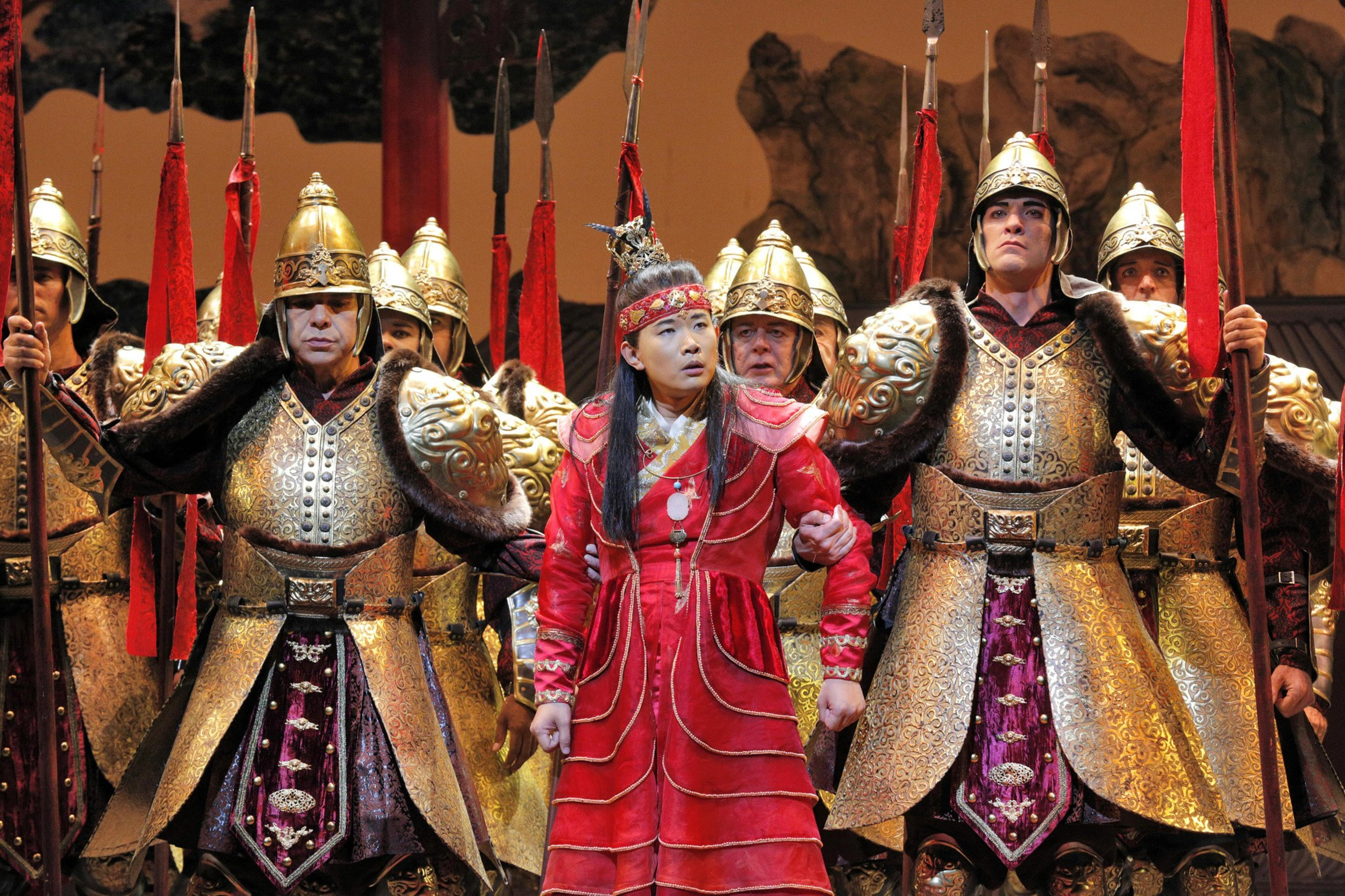
The work to connect the opera to Asian artists and audiences stretches back to the opera’s previous director, David Gockely. According to 20-year board member Shariq Yosufzai, Gockley set out to make the opera house a more culturally diverse space.
Those efforts appear to be paying off. There’s been a gradual increase in Asian American representation on the opera board from six members in 2022 to eight in 2023, with two others preparing to join in 2025, said spokesperson Teresa Concepcion.
While the number of Asian audience members is far from representing the percentage of the Asian population of San Francisco (roughly one-third of the city is of Asian descent), they have been steadily increasing and are now approximately 13% of the total, Concepcion said.
“San Francisco Opera is the leader in terms of Asians and Asian Americans in every aspect, from the cast to the board to the staff,” Yosufzai said. He pointed to the hiring of Eun Sun Kim as music director three years ago as another turning point. “She is certainly a role model,” he said.
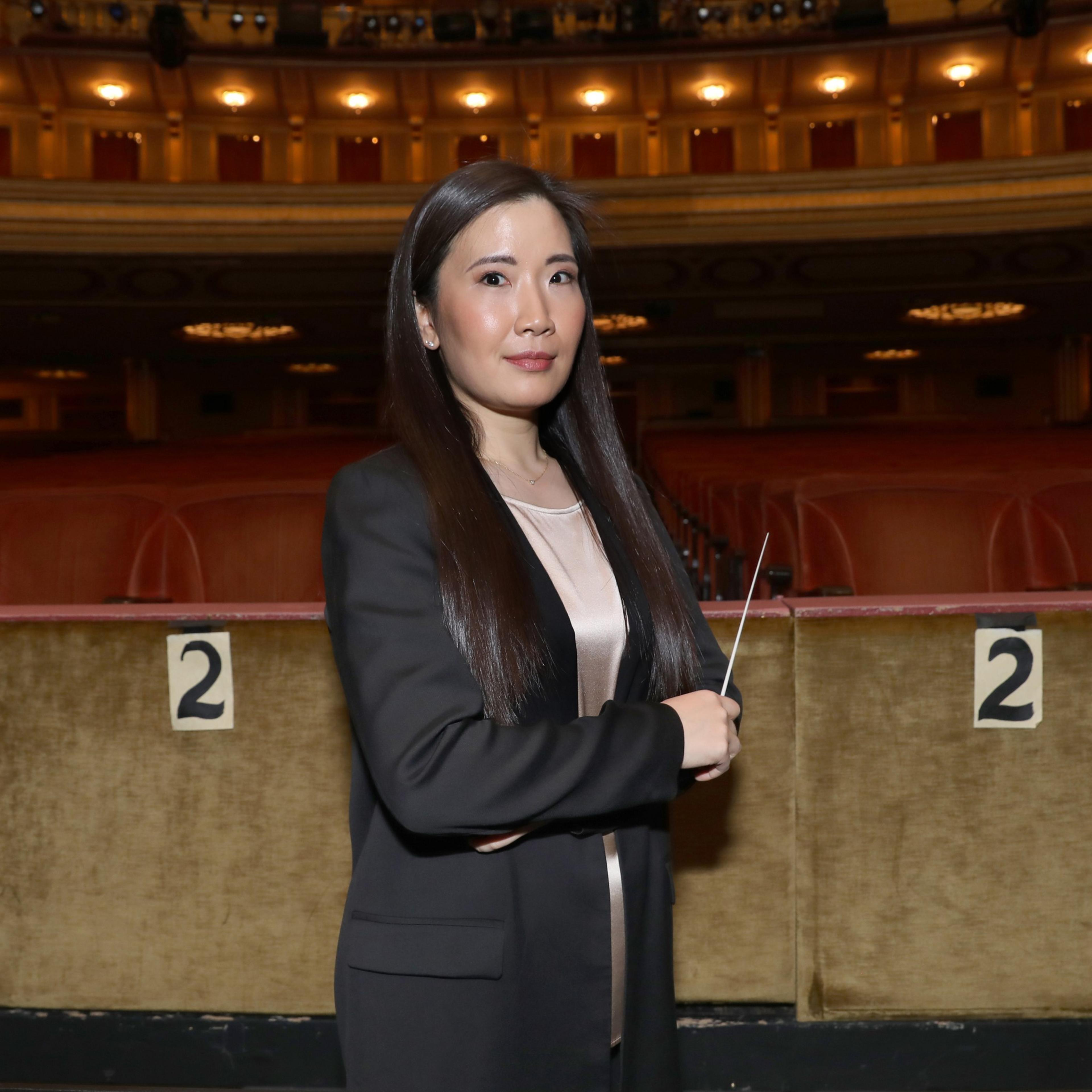
Yet the connections to the Asian community are not limited to finding representation in the musicians’ pit or the boardroom—it’s also about showing Asian works on stage.
The company’s 2016 world premiere of Dream of the Red Chamber—based on an epic novel that’s been called China’s War and Peace—saw the opera house at 97% capacity for its six performances, whereas the average capacity for that season was 75%. The production also marked the first time the company presented an opera with English and Chinese supertitles.
In advance of its production of Dream of the Red Chamber, the company created an Asian Advisory Committee to connect the work to Asian audiences. The production received seed money in part because of the success of an earlier production—the 2008 world premiere of The Bonesetter’s Daughter, based on Amy Tan’s 2001 bestselling novel.
“People were scalping tickets out on the front steps of the opera house,” Shilvock said of The Bonesetter’s Daughter.
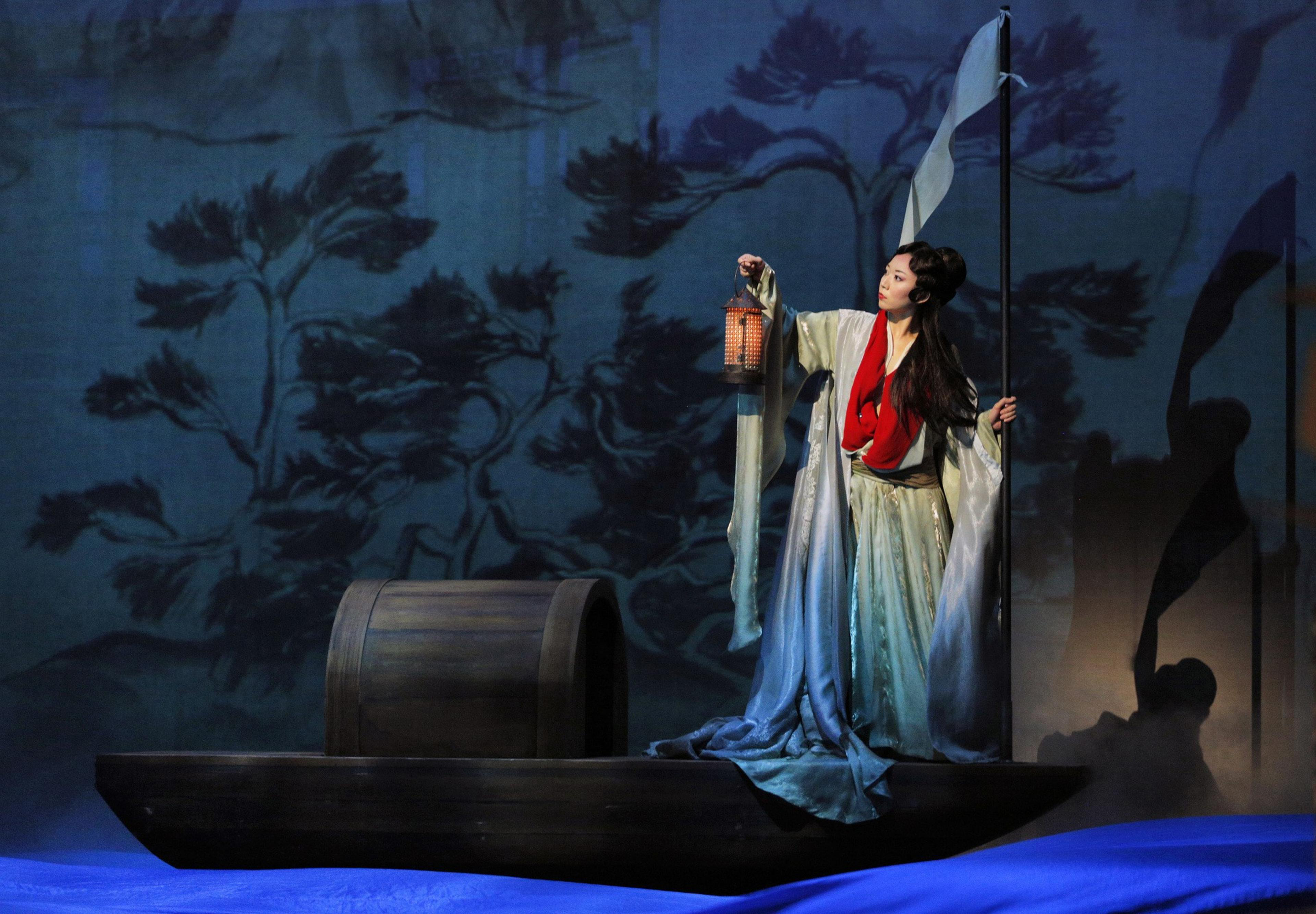
The enthusiastic response to that opera caught the attention of The Chinese Heritage Foundation of Minnesota, which ended up sponsoring the SF Opera production of Dream of the Red Chamber.
The literary classic had inspired a host of artistic adaptations over 200 years, said the foundation’s executive director, Pearl Bergad—but had never been cast as a Western-style opera. And when it came to pursuing a company to produce it, for Bergad and her team, there was no question: It had to be the San Francisco Opera.
“It’s the leading company in the country for creating premieres and taking artistic risks,” she said. “And then there’s the large size of the Chinese community.”
“It was a pie-in-the-sky project for us,” she added. “And we hit gold.”
Doreen Woo Ho, the only Chinese board member of the San Francisco Opera at the time, insisted on the importance of including Chinese supertitles in the opera, which is sung in English. She also spearheaded the effort to bring the opera to China for a three-stop tour (Beijing, Wuhan and ChangSha) in 2017. She said Asian audiences at the sellout performances did not shy away from an opera sung in a foreign language.
“They understood the purpose was to bring Chinese culture to a Western audience,” she said.
The Chinese Heritage Foundation underwrote the commissioning fees for the composer and librettos for Dream of the Red Chamber and also sponsored the forthcoming The Monkey King.
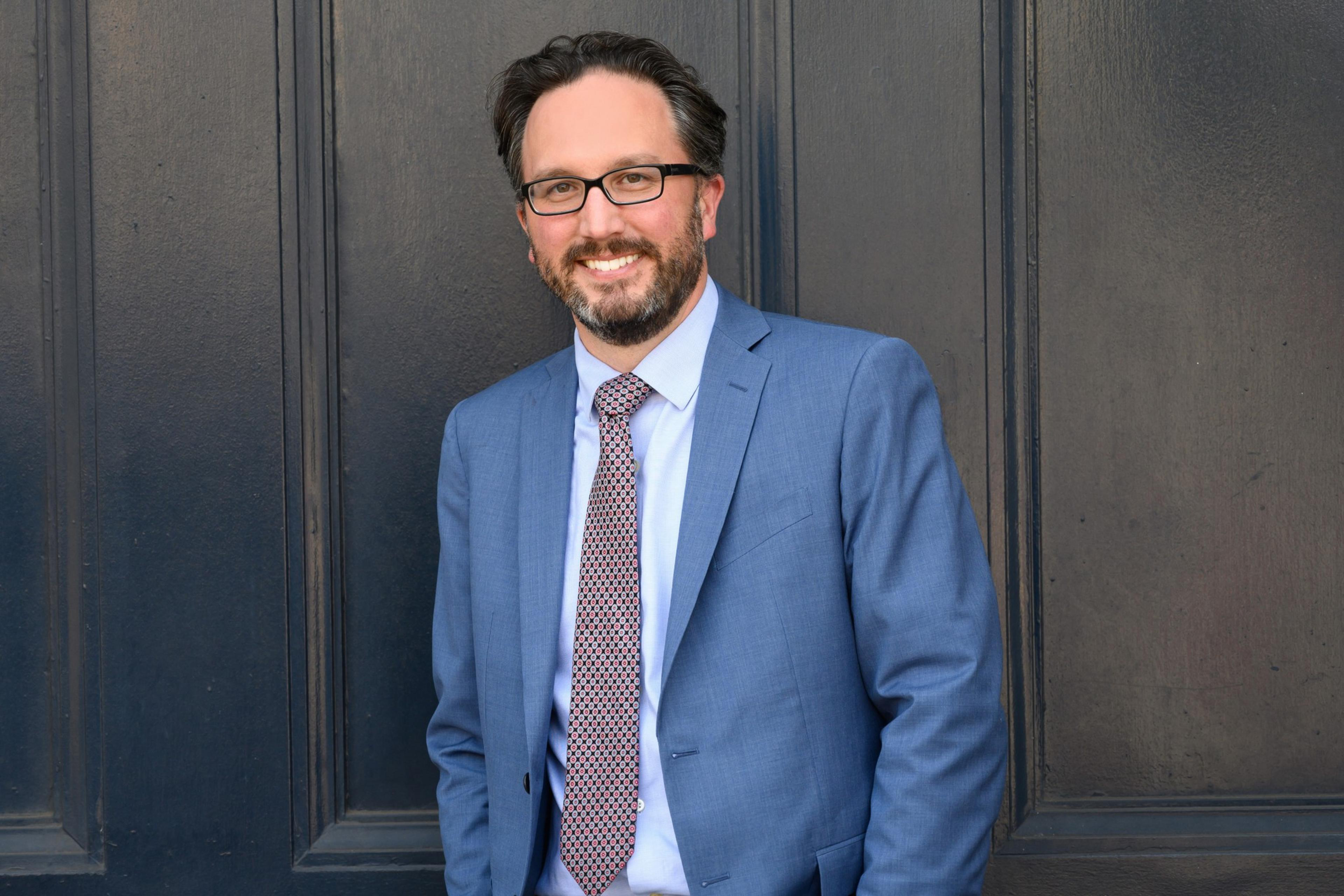
Shilvock has already had conversations with a number of Chinese companies about bringing The Monkey King into the country.
“It is more challenging given political relations,” he said. “But even more critical because these cultural bridges are where you can find a true sense of emotional commonality about what binds us together as humans.”
The SF Opera hopes the production also helps it bridge financial divides.
